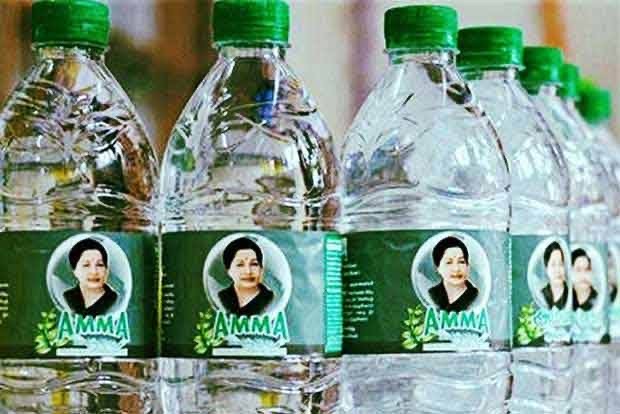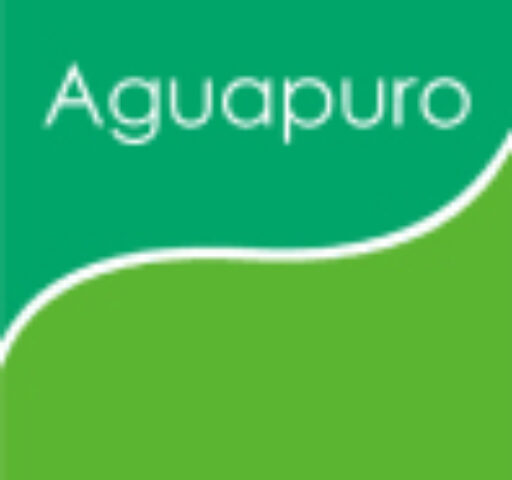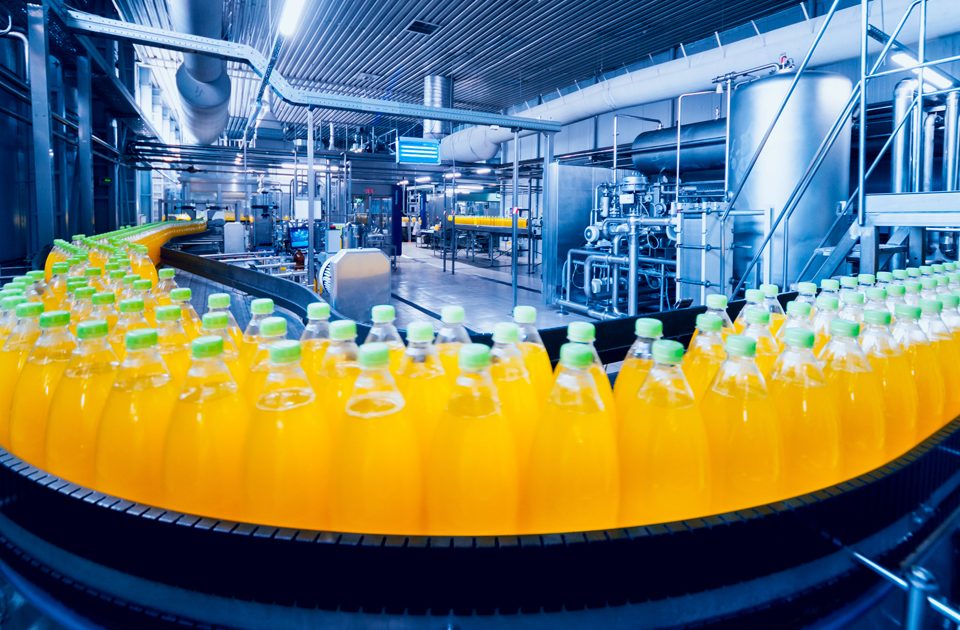The Future of Water Purification: Emerging Technologies and Innovations
June 7, 2025
How to Choose the Right Water Treatment Plant for Your Industry
June 8, 2025Water is essential for life, but not all water is created equal. In a world where clean drinking water is increasingly becoming a luxury, the need for reliable water purification technologies has never been more critical. Join us on a journey as we dive into the realm of different types of water purification technologies to discover which one suits your needs best. Let’s unravel the mysteries behind these innovative systems and pave the way towards healthier hydration choices!
Benefits of Using a Water Purification System
Water is essential for our survival, but not all water sources are safe to drink. Using a water purification system can provide numerous benefits for you and your family.
A water purification system can remove harmful contaminants such as bacteria, viruses, chemicals, and heavy metals from your drinking water. This ensures that the water you consume is clean and safe.
Purified water tastes better than tap water or bottled water. By removing impurities that can affect taste and odor, a purification system can enhance the overall quality of your drinking water.
Additionally, having a reliable water purification system at home eliminates the need to buy expensive bottled water regularly. This not only saves money in the long run but also reduces plastic waste generated by single-use bottles.
Furthermore, using a water purification system gives you peace of mind knowing that you are providing your family with access to clean and healthy drinking water every day.
Physical Water Purification Technologies
When it comes to physical water purification technologies, there are a few methods that stand out for their effectiveness in removing impurities from your drinking water.
Reverse osmosis is a popular choice that uses a semipermeable membrane to remove contaminants like lead and bacteria. It’s great for improving taste and odor as well.
Distillation involves boiling water and then condensing the steam back into liquid form. This process effectively removes heavy metals, chemicals, and other pollutants.
Filtration systems come in various forms, such as activated carbon filters or ceramic filters. They work by trapping particles and debris as water passes through them.
These physical methods offer different benefits depending on your needs and the quality of your water source. Consider factors like maintenance requirements, cost, and filtration capacity when choosing the best option for you.
A. Reverse Osmosis
Reverse Osmosis (RO) is a popular water purification technology that effectively removes impurities from drinking water. Through a semipermeable membrane, RO filters out contaminants like lead, chlorine, and bacteria to provide clean and safe water for consumption. This process works by applying pressure to push the water through the membrane while leaving behind pollutants.
One of the main advantages of using reverse osmosis is its ability to eliminate up to 99% of dissolved salts and other harmful substances in the water. This results in improved taste, odor, and overall quality of your drinking water. Additionally, RO systems are typically low maintenance and cost-effective in the long run.
Although reverse osmosis is effective at purifying water, it’s important to note that this process can also remove beneficial minerals present in natural water sources. To address this concern, some RO systems come with mineralization filters to add back essential nutrients into the purified water.
B. Distillation
When it comes to water purification technologies, distillation is a classic method that has been used for centuries. Distillation involves heating water to create steam, then collecting and condensing the steam back into liquid form. This process effectively removes impurities and contaminants from the water.
During distillation, volatile organic compounds, heavy metals, and other harmful substances are left behind as the pure water vaporizes and recondenses. This results in clean, purified water that is free of most contaminants.
One of the advantages of distillation is its ability to remove a wide range of impurities from water, including bacteria, viruses, and chemicals. It’s a reliable method for producing high-quality drinking water at home or in industrial settings.
However, it’s important to note that distillation can be energy-intensive and may not remove certain types of contaminants like chlorine or some pesticides. Despite these limitations, distillation remains a popular choice for those seeking pure and safe drinking water.
C. Filtration
When it comes to water purification, filtration is a popular and effective method that many households and businesses rely on. Filtration systems work by passing water through a physical barrier or media that traps impurities such as sediment, chlorine, bacteria, and other contaminants.
There are various types of filtration systems available, including activated carbon filters, ceramic filters, and sediment filters. Each type of filter is designed to target specific pollutants in the water.
Activated carbon filters are commonly used to improve taste and odor by removing chlorine and volatile organic compounds. Ceramic filters can remove bacteria and protozoa, making them ideal for areas with questionable water quality. Sediment filters are great for trapping larger particles like sand or rust.
Filtration is an efficient way to purify water without using chemicals or electricity. It’s a sustainable option that provides clean drinking water for daily consumption.
Chemical Water Purification Technologies
Chemical water purification technologies utilize substances like chlorine and ozone to disinfect and purify water. Chlorination is a widely used method where chlorine is added to water to kill bacteria, viruses, and other harmful organisms. This process effectively removes pathogens that can cause illnesses when consumed.
Ozonation involves the use of ozone gas to treat water by breaking down contaminants and eliminating microorganisms. Ozone is a powerful oxidant that can destroy pollutants without leaving harmful residues behind. It’s an environmentally friendly option for water treatment due to its ability to decompose back into oxygen after disinfection.
Both chlorination and ozonation are effective in reducing the risk of waterborne diseases, making them essential in ensuring safe drinking water for households and communities alike. These chemical purification methods play a crucial role in maintaining public health standards by providing clean and potable water sources for consumption.
A. Chlorination
When it comes to water purification, chlorination is a commonly used chemical technology. Chlorine is added to water to kill bacteria, viruses, and other harmful organisms present in the water supply. This process helps make the water safe for drinking by effectively neutralizing potential contaminants.
Chlorination works by releasing chlorine into the water, which then reacts with organic matter and microorganisms. The chlorine destroys pathogens by disrupting their cell walls and metabolic processes. This method has been widely adopted due to its effectiveness in disinfecting large volumes of water efficiently.
While chlorination is an effective way to purify water, some drawbacks include the formation of disinfection by-products (DBPs) that may have health implications if consumed in high concentrations. It’s essential to carefully monitor and control the chlorine levels during treatment to ensure safe drinking water for consumption.
Chlorination remains a popular choice for treating municipal water supplies worldwide despite its limitations.
B. Ozonation
Ozonation is a water purification technology that involves injecting ozone gas into the water to destroy bacteria, viruses, and other harmful microorganisms. This process helps in improving the taste and odor of the water by breaking down organic compounds.
The ozone used in ozonation is a powerful oxidizing agent that effectively eliminates contaminants without leaving any harmful residues behind. It is considered as a chemical-free method of water treatment, making it environmentally friendly.
One key advantage of ozonation is its ability to remove pesticides, pharmaceuticals, and other synthetic chemicals from water sources. This makes it an ideal choice for ensuring clean and safe drinking water.
Ozonation is a reliable and efficient method for purifying water while also being gentle on the environment. If you are looking for a technology that can provide thorough disinfection without using harsh chemicals, then ozonation might be the right choice for you.
Biological Water Purification Technologies
When it comes to biological water purification technologies, UV sterilization and ion exchange are two effective methods worth exploring. UV sterilization utilizes ultraviolet light to kill bacteria, viruses, and other microorganisms present in water. This process is chemical-free and environmentally friendly, making it a popular choice for purifying drinking water.
On the other hand, ion exchange involves removing impurities from water by exchanging ions with those attached to a resin bed. This method is commonly used to soften hard water by swapping calcium and magnesium ions with sodium ions. Ion exchange can also help remove heavy metals like lead and mercury from drinking water.
Both UV sterilization and ion exchange play crucial roles in ensuring that our water supply remains clean and safe for consumption. By understanding these biological purification technologies, you can make an informed decision on which method best suits your needs.
A. UV Sterilization
UV sterilization is a cutting-edge water purification technology that uses ultraviolet light to eliminate harmful microorganisms from water.
When water passes through a UV sterilizer, the UV light damages the DNA of bacteria, viruses, and other pathogens present in the water, rendering them unable to reproduce or cause illness.
One key advantage of UV sterilization is that it doesn’t alter the taste, color, or odor of the water like some chemical treatments might. This makes it an ideal choice for maintaining the natural quality of your drinking water.
Additionally, UV sterilization is environmentally friendly as it doesn’t require chemicals to disinfect the water. It’s a clean and sustainable method of purifying water without generating harmful byproducts.
UV sterilization offers an efficient and effective way to ensure your drinking water is safe and free from potentially harmful contaminants.
B. Ion Exchange
Ion exchange is a fascinating water purification technology that involves swapping ions in water with similarly charged ions attached to a resin. This process effectively removes harmful contaminants like heavy metals, calcium, and magnesium from the water supply.
The ion exchange method works by attracting unwanted ions in the water to the resin beads, which then release beneficial ions in return. As a result, your drinking water becomes cleaner and safer for consumption.
This technology is particularly useful for households dealing with hard water issues or looking to reduce mineral buildup in pipes and appliances. By implementing an ion exchange system, you can enjoy improved water quality throughout your home while also prolonging the lifespan of your plumbing fixtures.
Whether you’re concerned about the taste of your tap water or want to protect your household from potential health risks associated with contaminated drinking water, ion exchange offers a reliable solution for achieving cleaner and healthier H2O.
Choosing the Right Water Purification System for Your Needs
Choosing the Right Water Purification System for Your Needs
When it comes to selecting the best water purification system for your needs, consider factors such as the source of your water, contaminants present, budget constraints, and maintenance requirements. Evaluate the different technologies available in terms of their effectiveness in removing specific impurities and ensuring water safety.
Remember that each type of water purification technology has its advantages and limitations. For example, reverse osmosis is excellent at removing a wide range of contaminants but can be wasteful in terms of water usage. On the other hand, UV sterilization is effective against bacteria and viruses but may not eliminate certain chemicals present in the water.
Choosing the right water purification system requires careful consideration and research to ensure that you invest in a solution that meets your unique requirements. By understanding the various technologies available and their capabilities, you can make an informed decision that provides you with clean, safe drinking water for you and your family.


